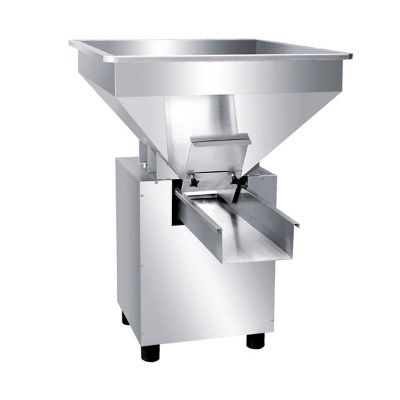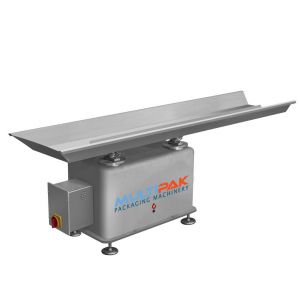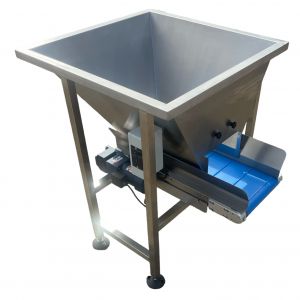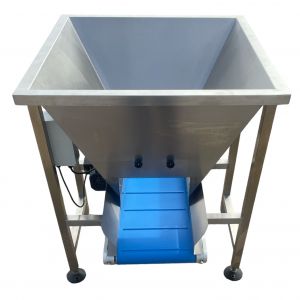
What is a Vibratory Feeder?
A vibratory feeder is a mechanical device commonly used in industrial and manufacturing settings to transport, orient, and feed various types of bulk materials, parts, or components. It operates by generating controlled vibrations that move the material along a conveying path, ensuring a steady and consistent flow.
Key components of a vibratory feeder include:
-
Vibration Generator: This is the heart of the vibratory feeder, often an electromagnetic coil or motor-driven mechanism. The generator produces vibrations that are transmitted to the feeder's trough or bowl.
-
Feeder Bowl or Trough: The material to be transported is placed in a bowl or trough that is designed to facilitate the proper orientation and flow of the material. The bowl is typically made of durable materials like stainless steel or plastic.
-
Vibration Isolation: To prevent unwanted vibrations from affecting the surrounding environment and to ensure efficient material handling, vibratory feeders are often mounted on isolation devices or dampeners.
-
Control System: Modern vibratory feeders are equipped with sophisticated control systems that allow operators to adjust the frequency, amplitude, and other parameters of the vibrations. This control enables precise and consistent material feeding.
-
Auxiliary Features: Depending on the application, vibratory feeders may include additional features such as sensors, screens, and sorting mechanisms to further enhance their functionality and versatility.
The working principle of a vibratory feeder involves the following steps:
-
Material Loading: The bulk material is loaded into the feeder bowl or trough.
-
Vibration Generation: The vibration generator creates controlled vibrations that are transmitted to the feeder bowl. These vibrations cause the material to move along the conveying path.
-
Orientation and Conveyance: As the material vibrates, it starts to flow along the contours of the bowl. Depending on the design, the vibrations can cause the material to align in a specific orientation or direction.
-
Discharge: At the designated discharge point, the material exits the vibratory feeder and continues along the production or processing line.
Vibratory feeders find applications in a wide range of industries, including pharmaceuticals, food processing, automotive manufacturing, electronics assembly, and more. They are particularly useful when precise control over material feeding, orientation, and flow rate is required to optimize production processes and improve overall efficiency.
Select a Vibratory Feeder Solution











